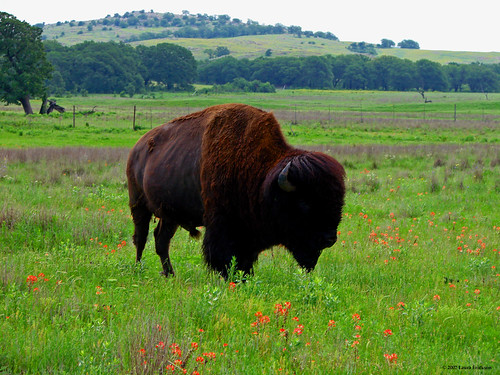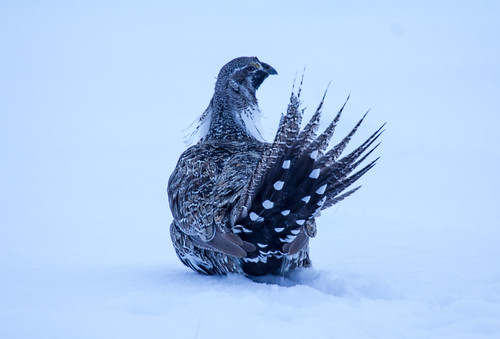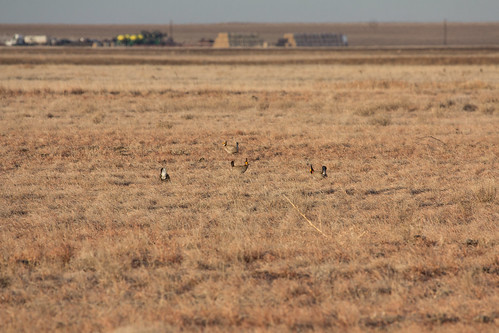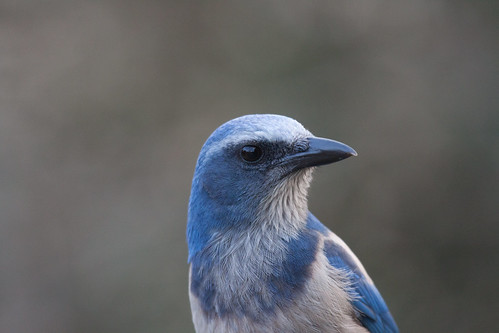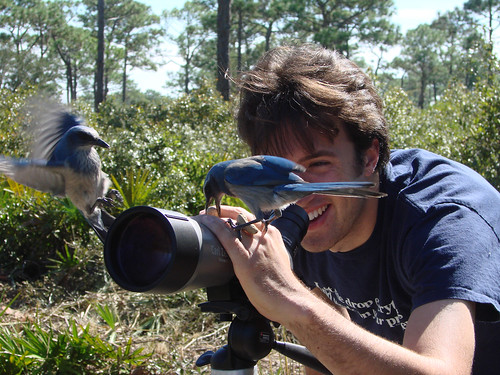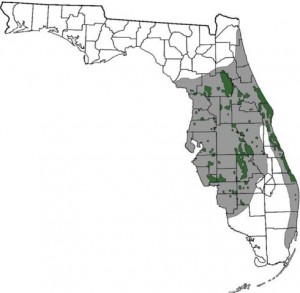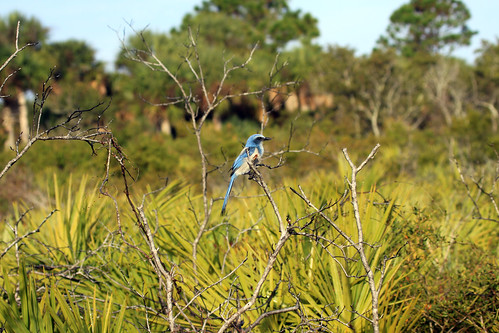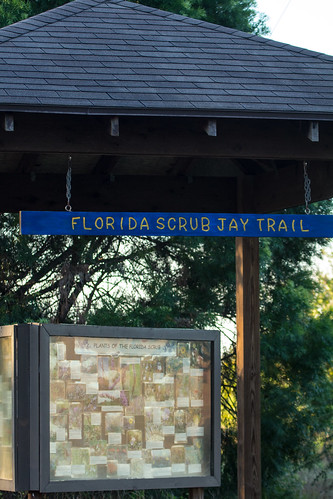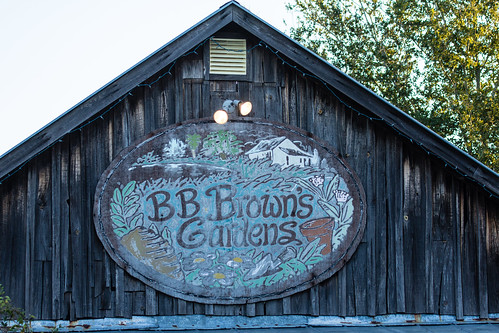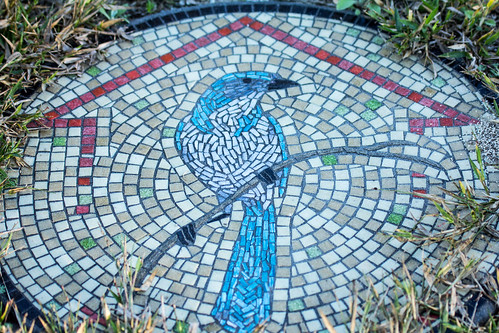I was just in Colorado for a week, looking at gorgeous mountains, alpine forests, and rushing mountain streams—the features that gave John Denver his “Rocky Mountain High.” We also spent a lot of time in vast expanses of what was once pure, unadulterated sagebrush and short-grass prairie. These are habitats that people don’t see as gorgeous except, sometimes, during the brief spring blossom period, but are nevertheless memorialized in two of my all-time favorite songs, “Home on the Range” and “Don’t Fence Me In.” Both of those songs emphasize the wild freedom represented by land, lots of land, under starry skies above, and the wide open country that I love, where buffalo roam and the deer and the antelope play. Of course, both those songs romanticize a cowboy way of life that I’ve certainly never experienced, but something deep in the heart of even a city girl from Chicago responds to that truly American call of the wild.
But even as we romanticized the open spaces of the American West, we were destroying their wild essence, decimating the human beings who had genuinely integrated their lives with the plants and animals of the wild, and wiping out the animals, too. Bison are by nature nomadic, never overgrazing an area before moving on, but now even in the restricted areas where we can see them in what looks like the wild, they are always fenced in to keep them off our highways and the vast rangelands overgrazed by a never-ending infusion of domesticated cattle as pumpjacks rhythmically pump away, extracting the oil and gas with which we fuel this new American lifestyle, our car and SUV commercials glamorizing the high-speed off-road automotive freedom that destroys even more of the essentially wild character of these vast open spaces that once represented the true heartland of our continent.
I went to Colorado in particular to see some of the characteristic birds of wide-open spaces. Buffalo once grazed companionably with prairie grouse and Mountain Plovers. The short-grass prairies were characterized by prairie chickens, sagebrush land by sage grouse. We visited the Pawnee National Grasslands—a patch of what was once fabulously rich habitat that was literally blown away by the extensive over-cultivation that led to the Dust Bowl. The US government set it aside after that disaster, trying to save a little patch of habitat bordered and crisscrossed by highways in the center of what was once an endless expanse of wilderness. Even within the heart of these grasslands, towns and farms remain, and overgrazing compounded by the devastating drought of the past few years are leading to the same conditions that caused the devastating Dust Bowl.
Prairie grouse that inspired many Native American dances and rituals have been decimated, Gunnison Sage-Grouse and Lesser Prairie-Chickens critically endangered and Greater Sage-Grouse and Greater Prairie-Chicken in dire trouble. These birds don’t just yearn for those wide open spaces and the lack of fences—they genuinely need them. We sing about the elements that characterized what was truly and uniquely America—these most fundamentally American of birds require them. In coming days, I’ll talk about my experiences in Colorado and what some treasured American birds are facing in a world where squandering natural resources of all kinds has become the order of the day.

